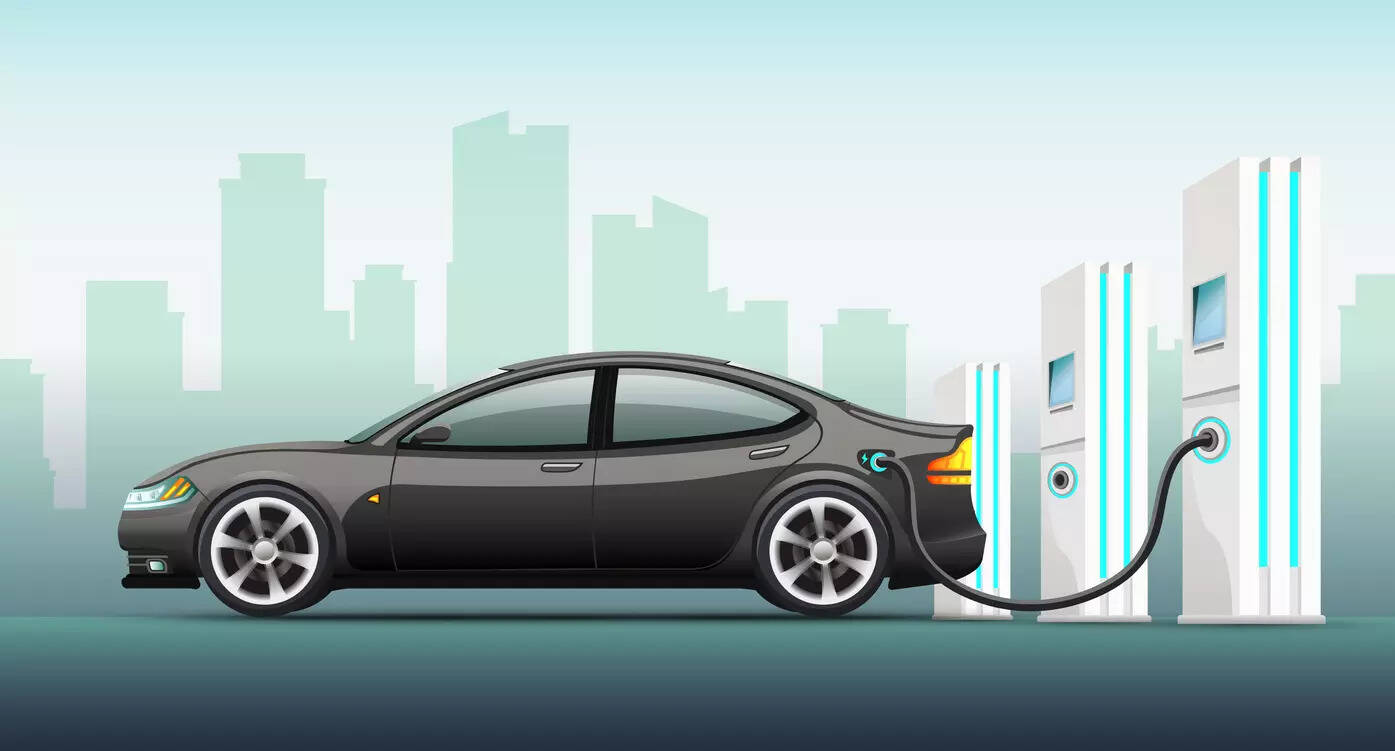
New Delhi: Cumulative sales of electric vehicles (EVs) in India till the evening of March 30, 2023 were 11,65,057 units, hitting the million milestone for the first time in a fiscal year, as per Vahan data. EV sales in India were at 10,23,735 units in CY2022, accounting for 4.93% of all Auto Inc. vehicle sales, which totalled 20,752,305 units.
With a significant 154% year-over-year increase from FY22’s 458,746 units, FY23’s 11,65,057 units (the number will increase with the entry of the retail sales for March 31 as well as sales data from the two states not included in Vahan) demonstrates the surge in consumer demand for EVs in the face of high petrol, gas, CNG and diesel prices.
The fact that sales in March 2023 reached a new high of 124,289 units, surpassing the previous best of 121,389 units, demonstrates the EV brigade’s momentum. The transition to six-figure sales each month started in October 2022 and persisted all the way through March 2023.
The two low-hanging fruits of the sector, two and three-wheelers, are leading the drive. Two-wheelers, the most accessible EV sub-segment, account for 61.5% of all EV sales in India with 716,447 units, an increase of 183% year over year (FY22: 252,539 units).
A total of 397,429 electric three-wheelers, including both passenger- and cargo-transporting models, were sold in FY23, an increase of 47% YoY (FY22: 188,447 units). These vehicles made up 34% of all EV sales. Consequently, a staggering 95% of the record EV industry sales are made up of electric two and three-wheeler sales combined.
A brief glance at the 10-year EV retail sales statistics from Vahan (described above) indicates that 2.26 million units, or 22,60,155 units, had been sold in India as of FY2014. The fact that 72% of the decadal sales—16,23,709 units—came in the last two fiscal years shows how quickly the demand for EVs in the nation is growing.
In India, where EVs are expected to provide 30% of the country’s transportation needs by 2030, the transition from IC engine cars to EVs is already under progress. The FAME program, governmental subsidies, and an expanding variety of goods across vehicle sub-segments are all contributing to the domestic industry’s growth.
Increasing public awareness of the need of using environmentally friendly transportation and the long-term affordability of EV ownership are serving as major drivers for the uptake of electric mobility.
The Union Budget 2023 places a lot of emphasis on this area of the automotive sector, therefore the increased distribution of the FAME II subsidy should aid in boosting EV sales. Component makers are quickly stepping up their efforts to localize EV parts due to the enormous revenue potential, either through complete ground-up creation or through technology licenses. This will improve cost optimization, which will increase the affordability of EVs. Overall, this situation benefits both the EV market and customers

